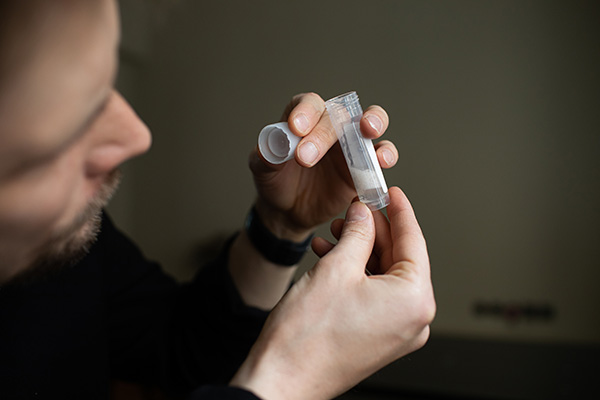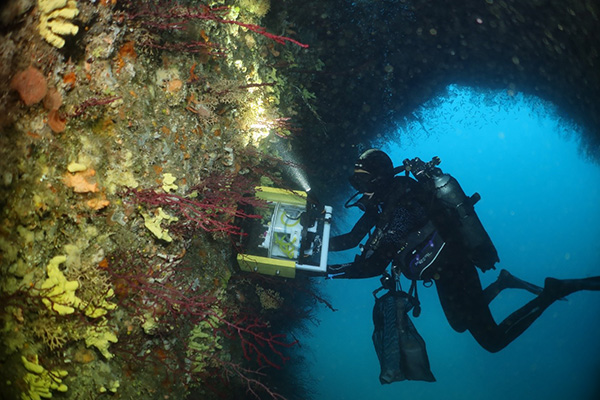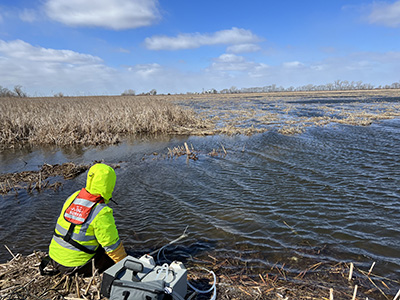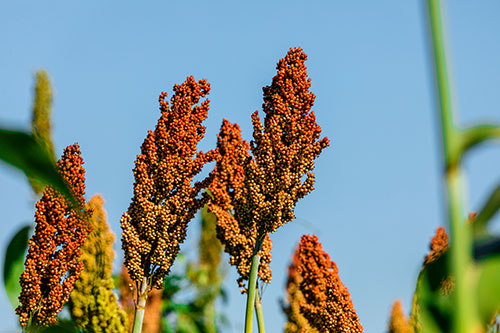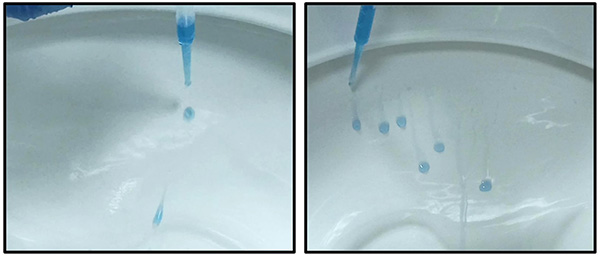FOR IMMEDIATE RELEASE
“Ecotoxicological Risk of World War Relic Munitions in the Sea after Low- and High-Order Blast-in-Place Operations”
Environmental Science & Technology
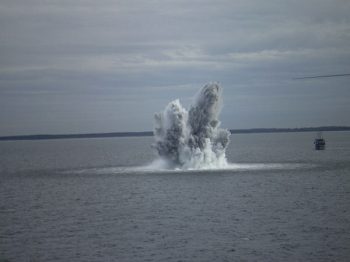
World War II concluded decades ago, but live mines lurking on the ocean floor still pose threats, potentially spewing unexpected geysers or releasing contaminants into the water. Experts conduct controlled explosions to clear underwater munitions, but concerns have arisen over the environmental impacts from these blasts. Now, results in ACS’ Environmental Science & Technology show that the contamination produced by detonation depends on the blast type, with weaker explosions leaving behind more potentially toxic residues.
After World War II, according to research estimates, up to 385,000 metric tons of unexploded munitions — including 40,000 tons of chemical munitions — were dumped into the Baltic Sea. These discarded weapons remain dangerous: They have the potential to jet plumes of water and sediment upward, send shock waves through the ocean, and punch holes in ships’ hulls. In addition, the mines’ metal shells can corrode in seawater, leaking potentially toxic explosive compounds, such as TNT, into the environment over time. Technicians typically clear historic munitions with controlled explosions, but there is debate among scientists about whether weak or strong blasts are better. While smaller blasts minimize shock waves and physical damage, Edmund Maser and coworkers suspected that these weaker ones release more toxic residue than strong blasts. To test whether this is true, the team wanted to measure the explosive residues near underwater mines after controlled detonations of the two different intensities.
The researchers — working in close collaboration with the Royal Danish Navy — first identified World War II mines near a busy shipping route off the coast of Denmark, choosing the sites of two intact and two corroded devices. Divers from the Navy collected ocean water and ocean floor sediment around the mines, and researchers then used mass spectrometry to measure the samples’ levels of TNT. As the researchers expected, chemical contamination was higher near the corroded mines than the intact ones.
Then, using either a low-powered detonation or a high-powered detonation, the team destroyed the leaking mines and assessed the TNT released from the blasts. Sediment contained up to 100 million times more TNT after the weaker explosion than before, and only 250 times more TNT after the stronger blast. Similarly, the TNT levels in water after the weaker blast far exceeded those around the stronger one. The researchers say that the pollution released by the low-power blast meets or exceeds levels previously reported to be toxic to microalgae, sea urchins and fish. Because of the potential threats to nearby marine life, the researchers encourage less invasive methods to remediate submerged World War II relics — like robotic techniques to open and remove abandoned mines’ explosive contents — to prevent unwanted explosions and contamination.
The authors acknowledge funding from the Interreg North Sea Region’s North Sea Wrecks project.
###
The American Chemical Society (ACS) is a nonprofit organization chartered by the U.S. Congress. ACS’ mission is to advance the broader chemistry enterprise and its practitioners for the benefit of Earth and all its people. The Society is a global leader in promoting excellence in science education and providing access to chemistry-related information and research through its multiple research solutions, peer-reviewed journals, scientific conferences, eBooks and weekly news periodical Chemical & Engineering News. ACS journals are among the most cited, most trusted and most read within the scientific literature; however, ACS itself does not conduct chemical research. As a leader in scientific information solutions, its CAS division partners with global innovators to accelerate breakthroughs by curating, connecting and analyzing the world’s scientific knowledge. ACS’ main offices are in Washington, D.C., and Columbus, Ohio.
To automatically receive press releases from the American Chemical Society, contact newsroom@acs.org.
Note: ACS does not conduct research, but publishes and publicizes peer-reviewed scientific studies.



